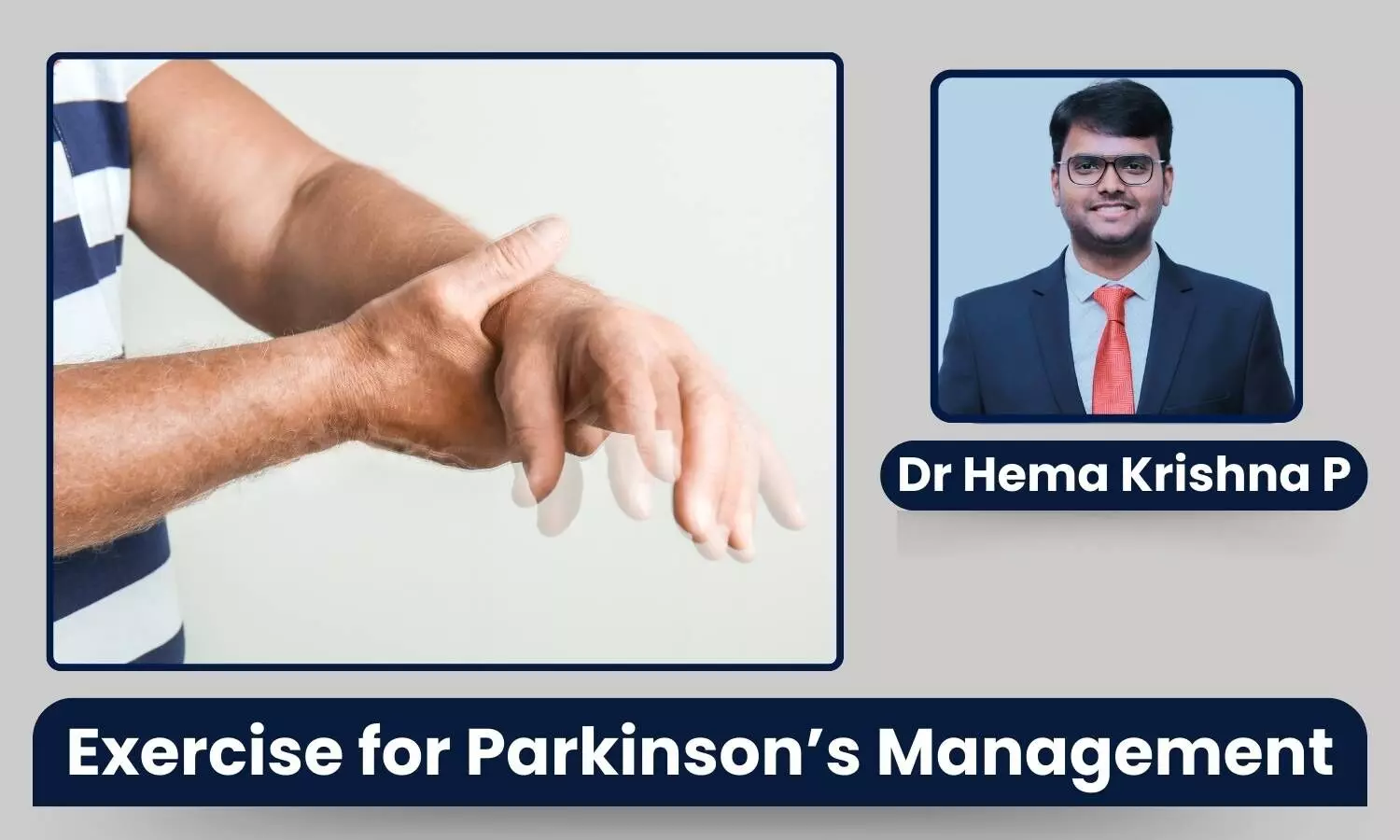Movement is Medicine: Power of Exercise in Parkinson’s Management - Dr Hema Krishna P

Parkinson’s Disease is a movement disorder of the nervous system that worsen over time. A stiff shoulder, or just a change in handwriting. Over time, it can subtly disrupt everyday life, affecting how one walks, talks, and even feels.
But there’s good news: while there’s no cure yet, one of the most powerful tools to manage Parkinson’s is well by movement.
Recognizing the Symptoms
Parkinson's disease symptoms can be different to everyone. It is primarily diagnosed after the age of sixty. The condition, however, may start at younger ages. The symptoms generally include:
- Tremors while at rest, initially affecting the hands or fingers
- Slowed movement (bradykinesia) making the easy everyday tasks take a longer time to do
- Rigid or stiff in the limbs and trunk
- Balance problems that cause frequent falls
- Alterations in posture, facial expression, and speech
Getting the Diagnosis
Parkinson's diagnosis is a complicated issue, since no single investigation can confirm it. The doctor checks your clinical history, observation of symptoms, and neurological tests, and sometimes, other imaging tests such as a DaTscan are helpful to exclude other causes.
Early diagnosis along with accuracy is beneficial since it allows early intervention and a significant improvement in the quality of life.
Treatment: More than Just Medication
Though medicines like Levodopa replenish dopamine and diminish the motor symptoms, these are merely one part of the puzzle: Medication is often not sufficient by itself.
This is where exercise comes into the picture: not as a replacement for medication, but as a powerful complement. Studies have shown that specific, consistent exercise can slow the progression of symptoms in an individual with Parkinson's disease.
It increases mobility, balance, strength, and even mood. In fact, exercise stimulates the brain, thereby supporting neuroplasticity, the brain's ability to adapt, and even helps save neurons. Physical therapists will be able to design individualized plans which progress with the patient.
Why Movement Matters?
For a person with Parkinson's, movement can often appear demanding or even daunting. Every step is a powerful statement to the brain. Exercises help in independence, boosts self-confidence, and reduce symptoms of anxiety and depression.
It's not living with Parkinson disease that really matters, but the movement that continues life. In fact, it calls for even greater movement with purpose and passion.
While science continues its quest of finding a cure for this disease, today we have a highly effective cure in our hands: movement. Let's embrace it and most importantly, keep moving.


